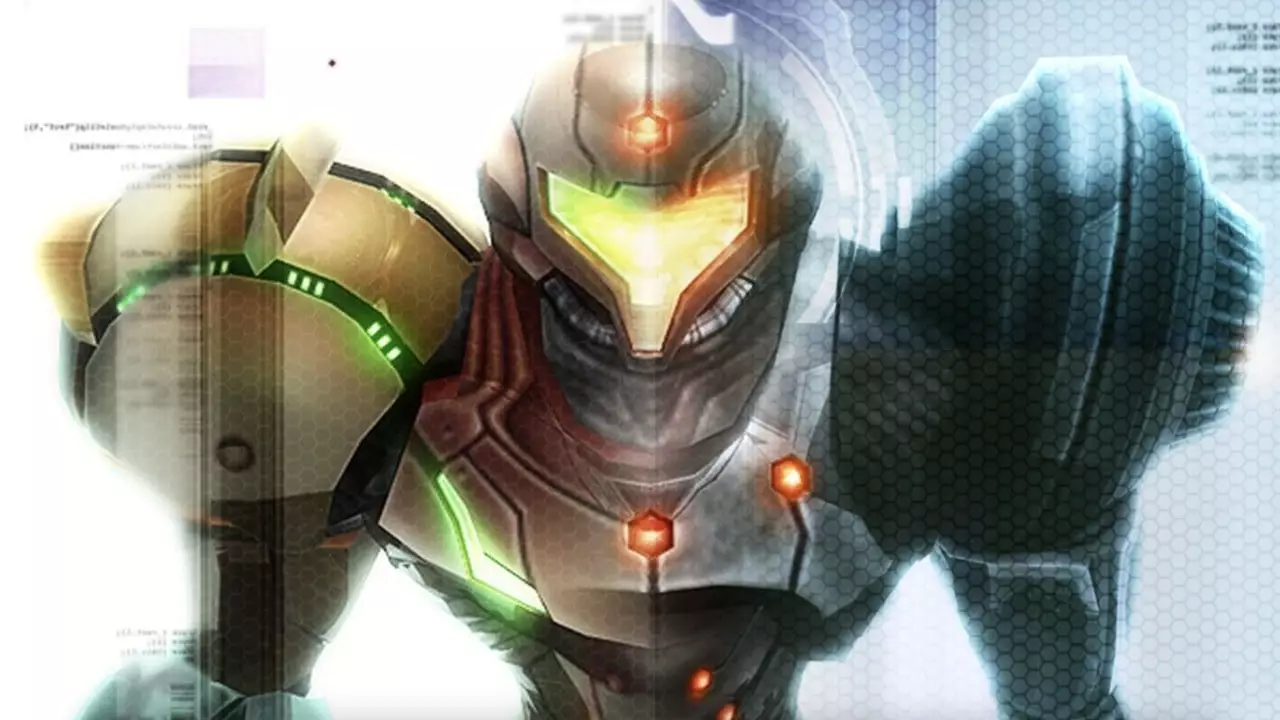The transition from 2D to 3D in the gaming world often poses a formidable challenge. Retro Studios faced this head-on with the original Metroid Prime, successfully merging the beloved franchise into the first-person genre. The anticipation surrounding its sequel, Metroid Prime 2: Echoes, was immense. While it didn’t quite reach the monumental successes of its predecessor, it nevertheless carved its own identity within the Metroid universe. Despite criticisms of being the lesser title in the trilogy, Echoes continues to resonate with players willing to delve deeper into its complexities and experimental mechanics.
One of Echoes’ most defining features is its innovative use of parallel worlds. While the concept has existed in gaming for years, including its admired application in The Legend of Zelda: A Link to the Past, Echoes took it a step further. It introduced players to Dark Aether—a world fraught with danger, requiring constant vigilance and strategic movement. This unique design element effectively altered the traditional exploration dynamic found in most Metroid games.
Players are confronted with a deadly atmosphere in Dark Aether that saps Samus’s health, a stark contrast to the relatively safer exploration of Aether. The introduction of ‘safety bubbles’, which provide temporary respite from the environmental hazards, demands a more urgent, proactive approach to exploration. This blend of environmental storytelling and resource management creates a more immersive experience, compelling players to engage with the game in ways they hadn’t anticipated.
The necessity of movement—whether darting from one safety bubble to another or activating temporary shields on the fly—creates a palpable tension that feels unique to Echoes. Navigating these deadly environments becomes a dance of skill and strategy, captivating players who embrace the heightened stakes.
Echoes excels in establishing a diverse atmospheric experience, particularly through its contrasting worlds. Aether is characterized by a more serene, vibrant environment, with pulsating life and naturally beautiful landscapes, evoking a sense of wonder and exploration. Conversely, Dark Aether immerses players in an eerie, oppressive ambiance. The world is bathed in foreboding purple hues, shadowy locales, and hostile creatures like the ‘Warrior Ing’, which provoke a sense of dread and urgency.
These stark contrasts not only enhance gameplay but also deepen the narrative experience. They serve as a backdrop for the player’s emotional journey, with each transition from light to dark echoing Samus’s own struggles against the lurking dangers and broader existential themes in the game.
Rich Improvements and Underrated Features
Despite criticisms surrounding certain mechanics—such as the much-maligned safety bubble or the infamous Spider Guardian boss—Echoes boasts numerous enhancements that warrant recognition. Retro Studios refined the backtracking elements that sometimes plagued the original Prime, streamlining player navigation and enhancing the overall pacing of the game. This improvement serves to retain the adventurous spirit that players crave while minimizing frustration.
Additionally, the upgrades to Samus’s armor and weaponry also merit a mention. The new enhancements not only empower players but also contribute to the feeling of progression and mastery, enriching the gameplay experience.
Moreover, while the dual-world mechanic is often viewed as a double-edged sword, it represents a daring move away from the franchise’s traditional pathway, showcasing Retro Studios’ willingness to experiment and innovate. This ambition, even if not entirely flawless, deserves more appreciation in retrospective discussions surrounding the Metroid series.
Ultimately, Metroid Prime 2: Echoes may not have emerged as the definitive sequel fans hoped for, but it undeniably holds a unique place in gaming history. Its creative risks, intricate design elements, and rich atmospheric contrasts invite players to explore vast landscapes emotionally and intellectually. As gaming enthusiasts continue to discuss the Metroid series, the innovations in Echoes deserve renewed recognition, highlighting the journey of discovery and the power of contrasts in a world filled with shadows and light.
In an era where remasters are gaining traction, perhaps it’s time for Echoes to shine once more. There are hidden gems worth rediscovering; let Metroid Prime 2: Echoes be one of them.


Leave a Reply